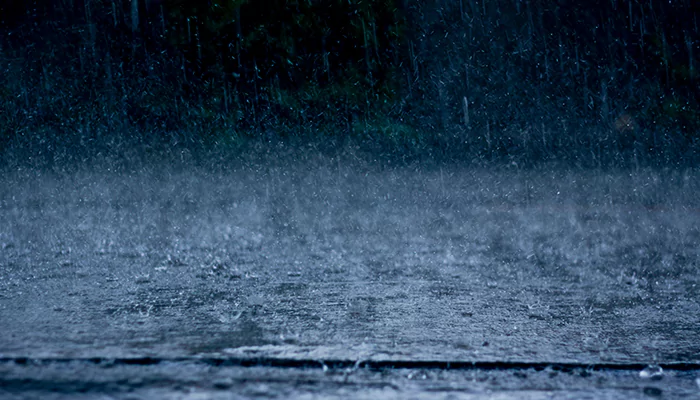Can we predict monsoons? Exploring monsoon forecasting
Monsoons, the seasonal winds that bring heavy rains, are a vital part of life in many regions around the world. The ability to predict monsoons can help in preparing for the benefits and challenges they bring, such as abundant water for agriculture and potential flooding. While meteorologists use advanced technology and scientific methods for accurate forecasts, can normal people predict monsoons? Let's check some traditional and contemporary methods used by laypeople to forecast the monsoon season.
- Elisa Ghosh
- 17 May, 2025
- 2 mins ago

Can we predict monsoons? Exploring monsoon forecasting
Monsoons, the seasonal winds that bring heavy rains, are a vital part of life in many regions around the world. The ability to predict monsoons can help in preparing for the benefits and challenges they bring, such as abundant water for agriculture and potential flooding. While meteorologists use advanced technology and scientific methods for accurate forecasts, can normal people predict monsoons? Let's check some traditional and contemporary methods used by laypeople to forecast the monsoon season.
Traditional Methods of Monsoon Prediction
Observing Animal Behaviour
For centuries, people have relied on observing animal behaviour to predict weather changes, including the onset of monsoons. Animals often sense changes in the atmosphere that humans cannot. For instance, increased activity among ants, birds flying lower, or frogs croaking more frequently are believed to signal imminent rain. These observations, passed down through generations, form an integral part of folklore and traditional knowledge in many cultures.
Plant and Tree Indicators
Certain plants and trees are also considered natural barometers for predicting rain. For example, the blooming of certain flowers or the shedding of leaves from specific trees can indicate the arrival of the monsoon season. In India, the flowering of the Gulmohar tree is traditionally seen as a sign of the approaching monsoon. These botanical indicators, while not scientifically proven, have been relied upon by local communities for ages.
Folk Wisdom and Its Relevance Today
Local Sayings and Proverbs
In many cultures, local sayings and proverbs encapsulate generations of weather wisdom. These sayings often rhyme and are easy to remember, serving as practical guides for communities. For example, a popular Indian proverb goes, “Aadi pattam thedi vidhiyum,” which means that if it rains on the day of Aadi, a Tamil month, it will rain throughout the season. While such proverbs are based on long-term observations, they should be used with caution as they may not always be accurate.
Combining Folk Wisdom with Modern Science
Combining folk wisdom with modern scientific methods can enhance the accuracy of weather predictions. For instance, local knowledge about the behaviour of animals and plants can complement data from meteorological stations. Community-led initiatives that document and analyse traditional weather indicators alongside scientific data can provide a more comprehensive understanding of monsoon patterns.

The Future of Monsoon Prediction
Citizen Science Projects
Citizen science projects are emerging as a powerful tool in weather forecasting. When you involve local communities in data collection and analysis, these projects bridge the gap between professional meteorologists and the general public. Participants can contribute observations about rainfall, temperature, and other weather phenomena, which are then analysed to improve local forecasts. This collaborative approach not only empowers communities but also enriches the data pool available for predicting monsoons.
Educational Programs
Increasing awareness and education about weather prediction can equip more people with the skills needed to anticipate monsoons. Workshops, online courses, and school programs that teach basic meteorology and the use of weather prediction tools can foster a new generation of amateur weather forecasters. These educational initiatives can demystify the science of weather prediction and make it more accessible to everyone.
While professional meteorologists use advanced technology and scientific methods to predict monsoons, normal people can also make educated guesses using traditional knowledge and modern tools. Combining the wisdom of the past with the innovations of the present, can aid us to become better prepared for the rainy season.










